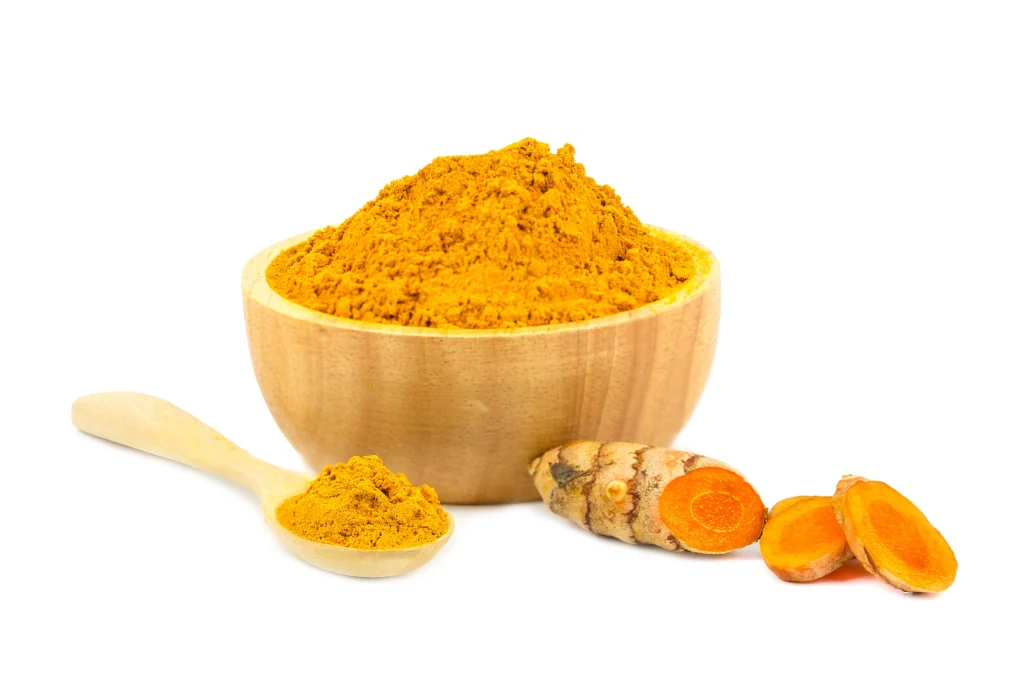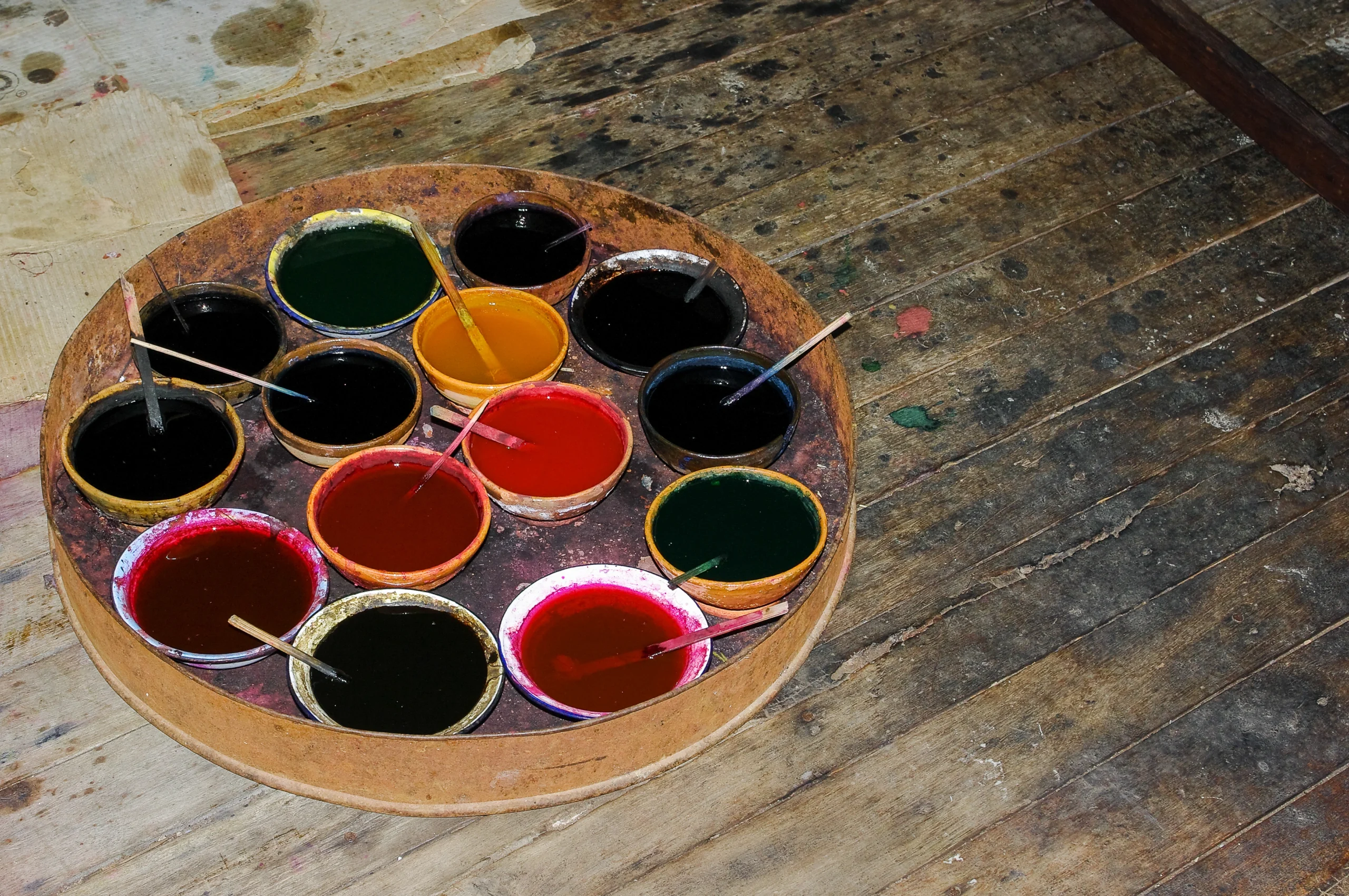Introduction
Homemade paints made with natural products are the perfect choice for those who want to create with safety, economy, and sustainability.
In this guide, we’ll show you how to transform simple everyday ingredients into vibrant and safe colors.
Get ready: here you’ll learn 5 practical recipes for amazing colors!
Why Choose Natural Paints?
Health and Safety
Many conventional paints contain solvents and synthetic dyes that can irritate the skin, eyes, and respiratory system. On the other hand, homemade natural paints eliminate these risks, making them ideal for children, pregnant women, and crafters.
Environmental Sustainability
Each can of paint discarded represents a risk to the environment. By using organic and compostable ingredients, you help reduce chemical waste and preserve nature.
Home Economy
Ingredients like beetroot, coffee, and turmeric are cheap and easy to find. Plus, you can repurpose them for other purposes afterward, like composting.
Basic Materials and Tools
Before you start, gather the following:
- Tools
- Medium-sized saucepan
- Strainer or cotton cloth
- Stick, wooden spoon, or spatula
- Clean, dry jars with lids
- Measuring spoons
- Natural Fixers and Preservatives
- White vinegar or alcohol (helps preserve the paint)
- Glycerin (optional: gives more flexibility)
- Surfaces to Apply the Paint
- White or brown kraft paper
- Light cotton fabrics
- Raw or unvarnished wood pieces
How to Make 5 Colors of Homemade Paints with Natural Products

1. Red with Beetroot
Ingredients:
- 1 medium beetroot
- 200 ml of water
- 1 teaspoon of vinegar
Instructions:
- Grate or chop the beetroot into small pieces.
- Place it in a saucepan with water. Let it simmer for 10 minutes.
- Strain using a strainer or cloth, pressing well.
- Add the vinegar and stir. This results in a vibrant, intense red.
Texture and Application:
Great for paper and fabric. As it dries, it gives a velvety finish. If it dries too much, add a little water before using.

2. Blue with Red Cabbage and Baking Soda
Ingredients:
- ½ red cabbage (flowering parts)
- 300 ml of water
- ½ teaspoon of baking soda
Instructions:
- Chop the cabbage and boil it for 10 minutes.
- Strain well. The color will be purple.
- Gradually add baking soda until a light blue hue appears.
Pro Tip:
Controlling pH changes the color: if you want a lavender (light pink) tone, use a few drops of lemon instead of baking soda.

3. Yellow with Turmeric
Ingredients:
- 1 tablespoon of turmeric powder
- 150 ml of hot water
- ⅛ teaspoon of salt (helps fix the color)
Instructions:
- Mix water and turmeric, stirring well until dissolved.
- Strain if necessary to remove clumps.
- Add salt (dissolve well).
Result:
This gives a vibrant yellow with a slightly orange tint. On fabric, it’s soft and delicate.

4. Green with Spinach
Ingredients:
- 1 cup of clean spinach leaves
- 150 ml of water
- ½ teaspoon of vinegar
Instructions:
- Boil the spinach in water for 7 minutes.
- Strain and press well.
- Add vinegar—the green color will intensify.
Notes:
The color tends to oxidize quickly. Use it right away or store it in a sealed container in the fridge for up to 5 days.

5. Brown with Coffee
Ingredients:
- 2 tablespoons of coffee grounds (or leftover coffee)
- 150 ml of hot water
- ¼ teaspoon of salt
Instructions:
- Mix water and coffee until it reaches the desired concentration.
- Strain it.
- Add salt for a deeper brown tone.
Versatility:
For darker tones, add more coffee; for lighter tones, use more water.
Tips for Improving the Durability of Natural Paints 🧴
- Storage: Store in airtight glass jars in the fridge. It lasts from 3 to 7 days.
- Fixing on textured surfaces: Add 1 teaspoon of glycerin or a drop of vinegar to help the paint penetrate better.
- Prevent mold: Use clean jars and filtered water. If a smell or foam appears, discard it.
- Gradual application: Multiple thin layers cover better than one thick layer.
Creative Uses 🌈
- Kids’ Painting: Safe paint for finger painting and brushes, perfect for small children!
- Crafting: Customize t-shirts, cloth bags, cards, invitations.
- Eco-Friendly Decor: Use on raw ceramics, unvarnished wood objects, or murals.
- Journals and Sketchbooks: The rustic texture adds a unique charm.
Frequently Asked Questions about Natural Paints
Do homemade paints stain?
Yes, they can stain porous surfaces like white clothing or wooden tables without protection. Use wax, soap, or plastic before painting.
How can I thicken the paint?
Add 1 teaspoon of cornstarch dissolved in a little hot water, stirring well.
Are natural paints permanent?
No. They are more delicate to wash or scratch. For greater durability, apply a natural varnish or fixative spray after the paint dries.
Time to Get Started: Unleash Your Creativity!
Now you have the step-by-step for making homemade paints with natural products that are beautiful and safe. It’s time to get your hands (or beetroot) dirty 😄!
- Choose one of the five colors to start.
- Test on different surfaces.
- Experiment with combinations or new ingredient mixes.
Let your project flow, and share your creations in the comments—I love seeing natural art!
Final Tip: For a professional finish, use clean, fine brushes, apply consistently, and finish with a spray fixative or varnish for that polished touch.
Call to Action
Did you enjoy this? Save the article, share it with your crafty friends, and let us know which color was the most fun to make! If you want more color recipes or specific project ideas, let me know—more ideas are coming your way.

